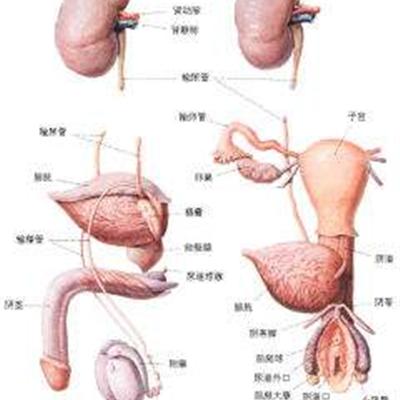What are the symptoms of congenital dislocation of the hip?
summary
Congenital dislocation of the hip we slowly found that such symptoms are different from each other. It is also called developmental dislocation of the hip or developmental dysplasia of the hip and hypoplasia of the hip. It is a common congenital malformation. The femoral head loses its normal relationship with the acetabulum in the joint capsule. Therefore, we should pay attention to it in our life, Here are the symptoms of congenital dislocation of the hip.
What are the symptoms of congenital dislocation of the hip?
First: symptoms: A. joint movement disorder: the affected limb is often flexing, the activity is worse than that of the healthy side, and the pedaling force is on the other side. Abduction limitation of hip joint. B. shortening of affected limb: dislocation of affected femoral head backward and upward, common corresponding shortening of lower limb. C. changes of skin lines and perineum: skin wrinkles on the inside of buttocks and thighs were asymmetric, and the skin lines on the affected side were deeper than those on the healthy side. The labia major of female infant is asymmetric and the perineum is widened.

Second: the performance of early childhood: ① symptoms: A. lame gait: lameness is often the only complaint of parents when children see a doctor. Lameness was found in unilateral dislocation; When bilateral dislocation occurs, it shows "duck step", the buttock of the child is obviously backward, and the lumbar lordosis is increased. B. limb shortening deformity: adduction deformity besides shortening.

Classification (1) according to the relationship between the femoral head and acetabulum, it can be generally divided into the following three types: ① congenital dysplasia: the femoral head only slightly moves outward, the Shenton line is basically normal, but the CE angle can be reduced, and the acetabulum becomes shallow. Dunn called it grade I congenital dislocation of the hip. (2) congenital subluxation: the femoral head moves upward and outward, but still forms a joint with the lateral part of the acetabulum, the Shenton line is discontinuous, and the CE angle is less than 20 °, The acetabulum became shallow, belonging to Dunn class II. (3) congenital complete dislocation: the femoral head is completely outside the real acetabulum, forming a joint with the external surface of the iliac bone, gradually forming a false acetabulum, and the original joint capsule is embedded between the femoral head and the iliac bone, which belongs to Dunn classification III.

matters needing attention
If the disease is found only after the child walks, then a series of surgical treatment should be taken. The earlier the treatment of congenital dislocation of the hip, the better. If it is treated in infancy, the child will walk normally in the future, and it will not have any influence in later life. But if the treatment is delayed, it may cause permanent claudication or hip arthritis.












